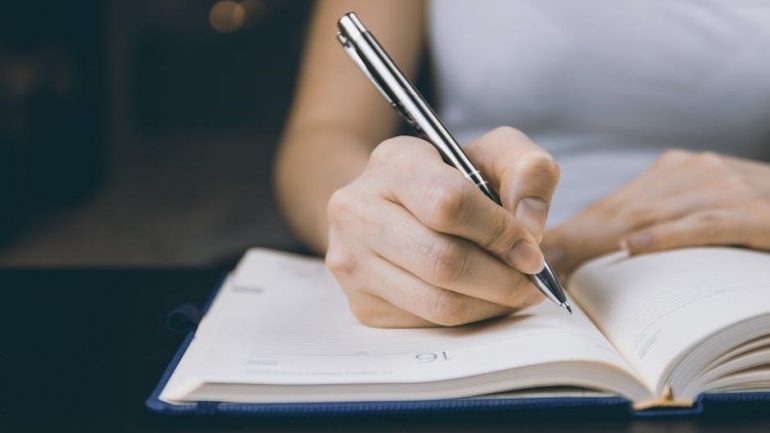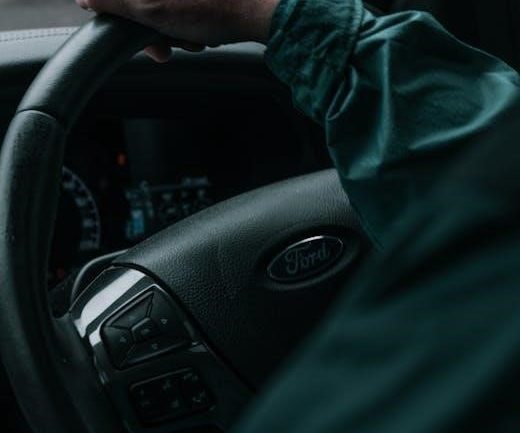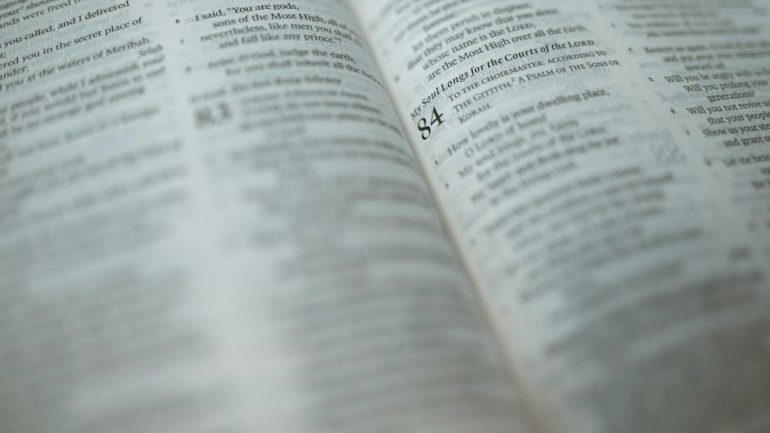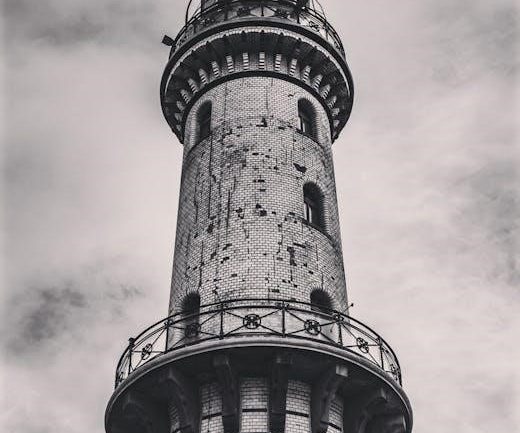Knife Sharpening Angle Chart⁚ A Comprehensive Guide
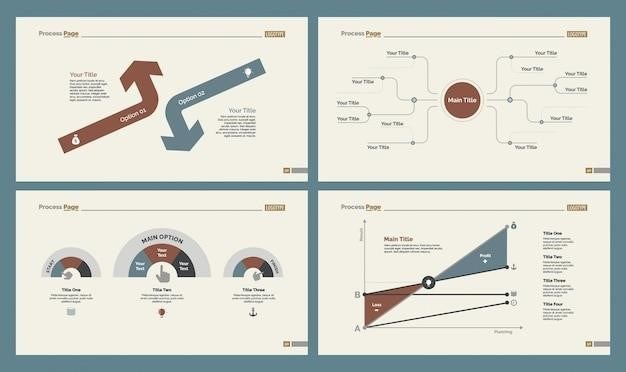
This guide provides a comprehensive overview of knife sharpening angles, a crucial factor in achieving a razor-sharp edge. It covers factors influencing angle selection, common angles, and their applications, as well as the importance of consistency and appropriate sharpening tools. It also includes a detailed knife sharpening angle chart, offering insights into the ideal angles for various knife types. This resource aims to equip you with the knowledge to effectively sharpen your knives and maintain their cutting performance.
Introduction
In the world of culinary arts, a sharp knife is not just a tool; it’s an extension of the chef’s hand, enabling precision, efficiency, and safety in the kitchen. A dull knife, on the other hand, can lead to frustrating experiences, inefficient chopping, and even potential accidents. The secret to a truly sharp knife lies in understanding the science behind sharpening angles. This comprehensive guide will delve into the fascinating world of knife sharpening angles, providing you with the knowledge to achieve a razor-sharp edge on your knives. We will explore the factors that influence the ideal angle, the different types of angles commonly used, the importance of consistency in maintaining the angle, and the various sharpening tools and techniques available. We will also provide a detailed knife sharpening angle chart, offering insights into the ideal angles for various knife types, from delicate paring knives to robust butcher knives. Sharpening your knives to the appropriate angle is an essential skill for any chef, regardless of experience level. By understanding the principles outlined in this guide, you can unlock the full potential of your knives, ensuring they remain sharp and ready to tackle any culinary challenge.
Factors Affecting Sharpening Angle
The ideal sharpening angle for a knife is not a one-size-fits-all proposition. It’s influenced by a combination of factors that determine how the knife will be used and the desired balance between sharpness and durability. Here are some key factors to consider when determining the appropriate sharpening angle⁚
- Knife Type⁚ Different types of knives are designed for specific tasks, and their intended use dictates the optimal sharpening angle. For instance, a chef’s knife, designed for general purpose cutting, might benefit from a slightly larger angle for increased durability, while a delicate paring knife, used for intricate tasks, might require a smaller angle for sharper cutting.
- Intended Use⁚ The intended use of the knife is a crucial factor. A knife designed for heavy-duty tasks, such as butchering, will need a larger angle for increased edge retention and durability. Conversely, a knife used for delicate slicing or filleting will benefit from a smaller angle to achieve a sharper cutting edge.
- Steel Type⁚ The type of steel used in the knife blade can also affect the ideal sharpening angle. Hardened steels, like high-carbon steel, can withstand a smaller angle without chipping, while softer steels may require a larger angle for better durability.
- Personal Preference⁚ Ultimately, the ideal sharpening angle is a matter of personal preference. Some individuals prefer a sharper edge, even if it means sacrificing some durability, while others prioritize a more durable edge. Experimenting with different angles can help you find the sweet spot that suits your needs.
By carefully considering these factors, you can select the optimal sharpening angle for your knives, maximizing their performance and ensuring they meet your specific culinary needs.
Common Sharpening Angles
While sharpening angles can vary depending on the knife type and intended use, certain angles are considered common and effective for a wide range of knives. Understanding these common angles can provide a starting point for sharpening your knives and achieving satisfactory results⁚
- 15-17 Degrees⁚ This angle is commonly found on Japanese knives, known for their exceptional sharpness and thin blades. These knives are designed for delicate slicing and require a smaller angle for optimal cutting performance.
- 20 Degrees⁚ This angle is considered a general-purpose angle suitable for a wide range of knives, including European and American kitchen knives. It offers a good balance between sharpness and durability, making it a popular choice for everyday use.
- 22-25 Degrees⁚ This angle is often used for hunting and tactical knives, which require increased edge retention and durability for demanding tasks. The larger angle provides a more robust edge that can withstand heavy use and impact.
- 40-60 Degrees⁚ This angle is commonly found on ceramic knives, which are known for their extreme hardness and durability. The larger angle helps to maintain the edge of these brittle blades and prevent chipping.
It’s important to note that these are general guidelines, and the ideal sharpening angle can vary depending on the specific knife and its intended use. Consulting a knife sharpening angle chart or seeking guidance from experienced knife sharpeners can help you determine the optimal angle for your knives.
Importance of Consistency
Maintaining a consistent sharpening angle throughout the sharpening process is paramount to achieving a sharp and durable edge. Inconsistency in angle can lead to uneven edges, weak spots, and a duller blade overall. Here’s why consistency is crucial⁚
- Even Edge Formation⁚ A consistent angle ensures that the entire edge of the knife is sharpened at the same degree, creating a uniform and symmetrical bevel. This results in a smooth and efficient cutting surface.
- Improved Durability⁚ When the angle is consistent, the edge is more balanced and less prone to chipping or rolling over, enhancing its durability and longevity.
- Enhanced Cutting Performance⁚ A consistently sharpened edge glides through food effortlessly, providing superior cutting performance. Inconsistent sharpening can lead to uneven slicing and a less efficient cutting experience.
Achieving consistency requires practice and attention to detail. Using a sharpening guide or jig can greatly aid in maintaining a consistent angle, especially for beginners. It’s also essential to focus on maintaining a steady hand and consistent pressure during the sharpening process. By prioritizing consistency, you can significantly improve the quality and performance of your sharpened knives.
Sharpening Tools and Techniques
The tools and techniques you employ play a crucial role in achieving a successful sharpening outcome. While different sharpening methods exist, they all aim to refine the edge of the knife by removing metal at a specific angle. Here’s a breakdown of common tools and techniques⁚
- Sharpening Stones⁚ Sharpening stones, also known as whetstones, are a traditional and versatile sharpening tool. They come in various grits, with coarser grits used for initial edge restoration and finer grits for honing and polishing. Water stones and oil stones are popular choices, each offering unique benefits.
- Honing Steel⁚ A honing steel is not for sharpening but for straightening out a slightly rolled edge. It’s a metal rod with a grooved surface that realigns the burr on the edge, restoring its sharpness.
- Electric Sharpeners⁚ Electric sharpeners offer a convenient and often faster way to sharpen knives. They typically feature multiple stages with different angle guides to accommodate various knife types. However, they may not provide the same level of control as manual methods.
- Sharpening Guides and Jigs⁚ Sharpening guides and jigs are valuable tools for maintaining consistent angles. They provide a fixed angle reference for the knife, making it easier to achieve precise sharpening. They are especially helpful for beginners.
Regardless of the chosen method, it’s essential to understand the fundamentals of sharpening, including how to hold the knife, apply pressure, and move it across the sharpening surface. Proper technique and a consistent angle are key to achieving a sharp and durable edge.
Knife Types and Their Ideal Angles
The ideal sharpening angle for a knife is determined by its intended use and the material of its blade. Generally, a sharper angle (lower degrees) provides better cutting performance, while a larger angle (higher degrees) offers increased durability. Here are some common knife types and their recommended sharpening angles⁚
- Chef’s Knife⁚ 15-20 degrees per side (total angle of 30-40 degrees).
- Paring Knife⁚ 15-20 degrees per side (total angle of 30-40 degrees).
- Slicing Knife⁚ 15-20 degrees per side (total angle of 30-40 degrees).
- Boning Knife⁚ 15-20 degrees per side (total angle of 30-40 degrees).
- Bread Knife⁚ 15-20 degrees per side (total angle of 30-40 degrees).
- Hunting Knife⁚ 20-22 degrees per side (total angle of 40-44 degrees).
- Pocket Knife⁚ 20 degrees per side (total angle of 40 degrees).
- Tactical Knife⁚ 22 degrees per side (total angle of 44 degrees).
- Ceramic Knife⁚ 40 degrees per side (total angle of 80 degrees).
It’s important to note that these are general guidelines, and some manufacturers may recommend specific angles for their knives. You can usually find this information on the knife’s packaging or the manufacturer’s website. If you’re unsure, it’s best to consult with a professional knife sharpener.
Sharpening Angle Chart
The following table provides a comprehensive knife sharpening angle chart, illustrating ideal angles for various knife types and their intended uses. This chart serves as a valuable reference for achieving the desired sharpness and durability for your knives. Remember that these are general guidelines, and specific angles may vary depending on the manufacturer’s recommendations or personal preferences.
| Knife Type | Sharpening Angle (per side) | Total Angle | Intended Use |
|---|---|---|---|
| Chef’s Knife | 15-20 degrees | 30-40 degrees | General purpose cutting, chopping, slicing |
| Paring Knife | 15-20 degrees | 30-40 degrees | Peeling, coring, delicate tasks |
| Slicing Knife | 15-20 degrees | 30-40 degrees | Thinly slicing meat, fish, vegetables |
| Boning Knife | 15-20 degrees | 30-40 degrees | Removing bones from meat |
| Bread Knife | 15-20 degrees | 30-40 degrees | Slicing bread, pastries |
| Hunting Knife | 20-22 degrees | 40-44 degrees | Hunting, outdoor tasks |
| Pocket Knife | 20 degrees | 40 degrees | Everyday tasks, utility |
| Tactical Knife | 22 degrees | 44 degrees | Heavy-duty tasks, self-defense |
| Ceramic Knife | 40 degrees | 80 degrees | Cutting hard foods, maintaining sharpness |
By utilizing this chart as a guide, you can ensure that your knives are sharpened to the appropriate angle, maximizing their performance and longevity.
Maintaining a Sharp Edge
Once you’ve achieved a sharp edge, it’s essential to maintain it to preserve its cutting performance and extend its lifespan. Regular honing, a process of straightening the edge without removing material, plays a crucial role in maintaining sharpness. Honing is typically done using a steel, a long, ridged rod designed for this purpose. You can hone your knife before and after each use, ensuring a consistently sharp edge.
While honing maintains sharpness, sharpening is necessary when the edge becomes dull. Sharpening involves removing material to create a new edge, which can be done using various methods like sharpening stones, honing steel, or electric sharpeners. The frequency of sharpening depends on the type of knife, its use, and the quality of steel. A well-maintained knife with regular honing may only require sharpening a few times a year.
Proper storage is also vital for maintaining a sharp edge. Storing knives in a knife block, magnetic strip, or a drawer with protective sheaths helps prevent accidental damage and dulling. Avoid storing knives loose in drawers, as they can come into contact with other items and become damaged. By following these simple tips, you can keep your knives sharp and ready for any culinary challenge.
Mastering the art of knife sharpening is a rewarding skill that enhances both your culinary experience and your overall kitchen safety. By understanding the fundamental principles of knife sharpening angles, you can achieve a razor-sharp edge that effortlessly slices through even the toughest ingredients. This guide provides a comprehensive foundation for selecting the appropriate sharpening angle for your knives and maintaining their optimal performance.
Remember that consistency is key when sharpening. Using a consistent angle throughout the process ensures a uniform edge and prevents uneven wear. Whether you prefer hand sharpening with stones or utilizing specialized tools, the principles outlined here will serve as a valuable resource.
Invest in quality sharpening tools and practice regularly to develop your skills. With patience and perseverance, you can become a proficient knife sharpener, transforming dull blades into precise cutting instruments. A sharp knife is not only a joy to use but also a testament to your culinary expertise and a commitment to safe and efficient food preparation.
Resources
For those seeking further guidance and resources on knife sharpening angles, a wealth of information is readily available online and in print. Numerous websites dedicated to knife sharpening provide detailed articles, videos, and tutorials covering various aspects of the craft. These resources often feature comprehensive knife sharpening angle charts, tool recommendations, and step-by-step instructions for achieving a razor-sharp edge.
Additionally, several reputable knife manufacturers offer detailed information on their websites about the sharpening angles recommended for their specific knife models. This information can be invaluable for ensuring proper maintenance and achieving optimal performance from your knives.
For those seeking a more hands-on approach, consider attending workshops or classes led by experienced knife sharpeners. These workshops provide practical guidance and hands-on experience, allowing you to develop your skills under the supervision of experts. Local culinary schools, knife shops, and community centers often offer such workshops, providing a valuable opportunity to learn from seasoned professionals.
FAQs
Q⁚ What is the best angle for sharpening a knife?
A⁚ There is no single “best” angle, as it depends on the type of knife and its intended use. Generally, kitchen knives benefit from a 20-degree angle, while hunting knives often require a slightly steeper 22-degree angle. For a balance of cutting ability and durability, angles between 40-60 degrees are recommended for ceramic knives.
Q⁚ How do I determine the correct sharpening angle for my knife?
A⁚ The recommended angle is often printed on the knife’s packaging or found on the manufacturer’s website. If not, a general guideline is to use a 20-degree angle for European/American knives and a 15-degree angle for Asian knives. However, it’s always best to consult the manufacturer’s instructions for specific recommendations.
Q⁚ Why is it important to maintain a consistent sharpening angle?
A⁚ Consistency in angle ensures an even, smooth edge, maximizing cutting performance and minimizing the risk of damage to the knife blade. An inconsistent angle can result in a dull or uneven edge, making the knife less effective and potentially increasing the risk of accidents.
Q⁚ What are the benefits of using a knife sharpening angle chart?
A⁚ A knife sharpening angle chart provides a visual guide to the ideal angles for various types of knives. This visual reference simplifies the process, helping you choose the correct angle for your specific needs and ensuring a consistent and effective sharpening experience.

